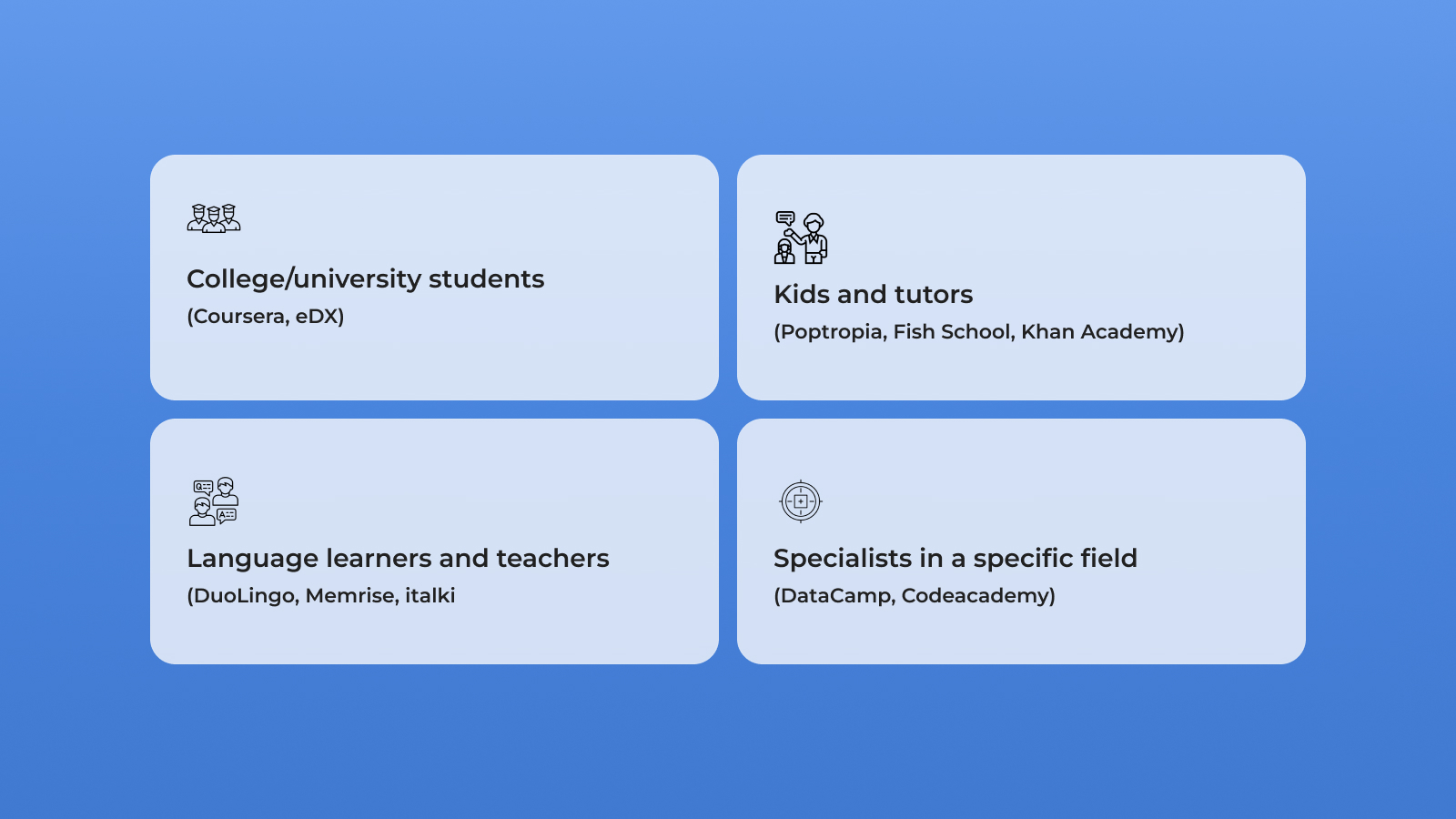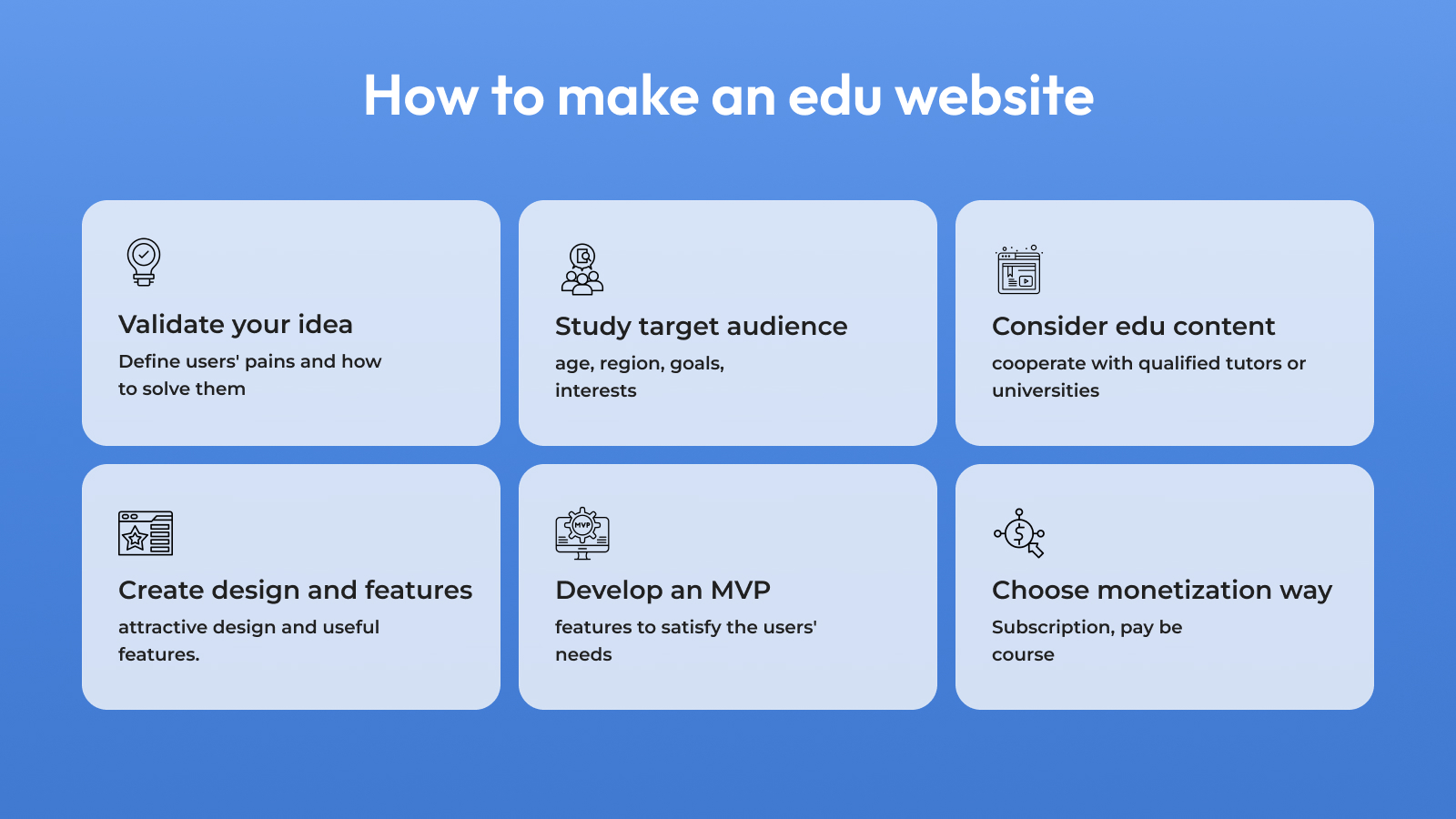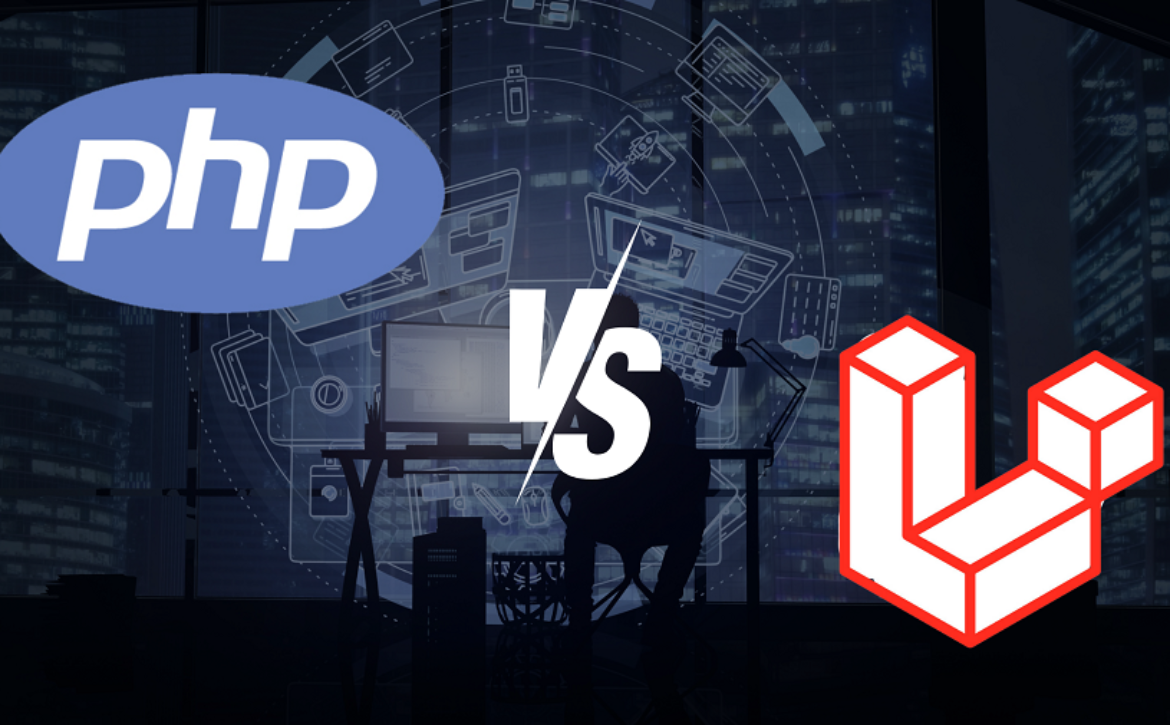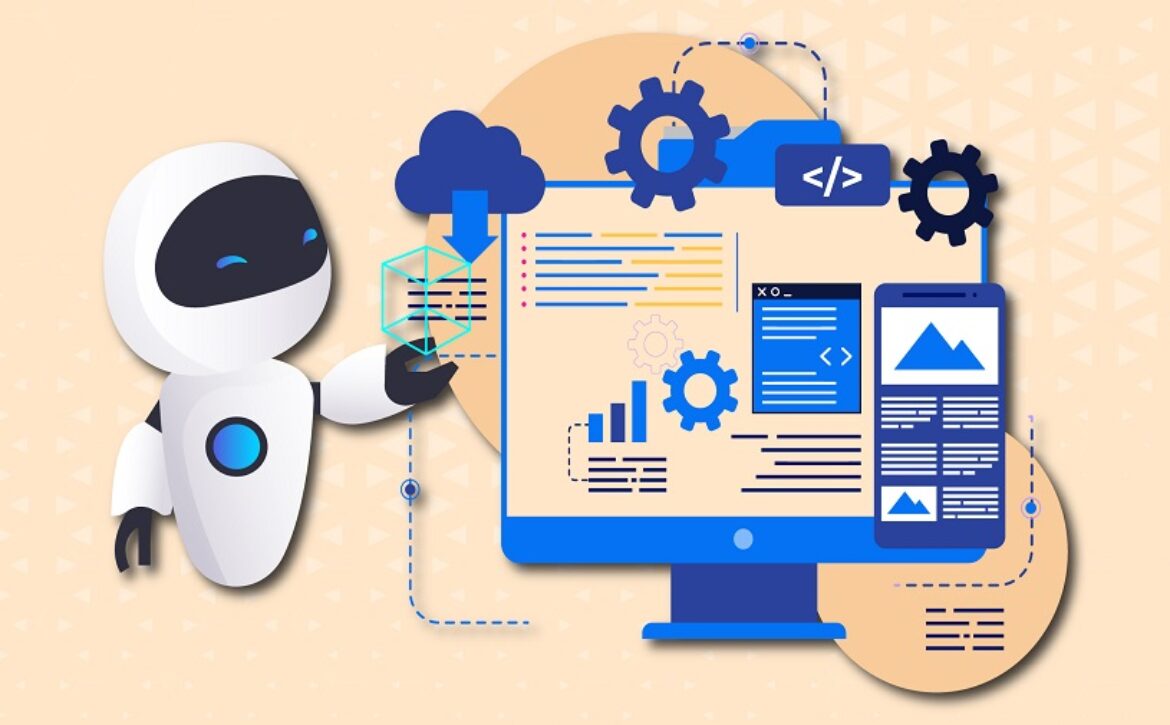In 2024, the security of your Laravel application will be even more crucial. Given the ongoing development of cyber threats, you must have a thorough and proactive strategy in place to protect your digital assets. During a time when hacking is common, it is imperative to follow best practices and keep current with new advances. Securing your Laravel application is a dynamic and constantly changing landscape that involves everything from putting cutting-edge security solutions into place to strengthening defenses against frequent vulnerabilities.
The most recent developments and recommended procedures for protecting your Laravel application in 2024 will be discussed in this post. By understanding and putting these strategies into practice, you may ensure the integrity and privacy of your application’s data and operations while protecting your digital fortress against modern attackers.
1. Fortify Your Castle Walls: Keeping Your Laravel Version Up to Date
————————————–
Updating your Laravel version entails incorporating the framework’s most recent security patches, bug fixes, and performance improvements. This keeps your application resilient to changing security risks. To keep systems stable and lower the risk of security breaches, regular upgrades are necessary. Older versions can have known security holes that hackers might take advantage of.
You’ll need to use Composer, the dependency management included in Laravel Development Services, to update your application seamlessly when switching between minor versions. You might have to update from older versions to the most recent ones manually, or you can utilize programs like Laravel Shift. Maintaining an up-to-date Laravel version helps your business in the long term by protecting user data and enhancing the authenticity and trustworthiness of your application.
2. Enforcing Sentry Guards: Creating Proper Authentication
————————————–
Developing appropriate encryption and authentication requires strong security mechanisms to protect sensitive data and user identities in your business applications. Cryptography secures data by encrypting and decrypting it to prevent unwanted access and modification, while authentication confirms user identification to guarantee that only authorized users can access the system.
You must use robust authentication and cryptography to safeguard your business apps from illegal access and data breaches. Creating a safe environment and protecting the integrity and confidentiality of user data helps you gain your users’ trust. With Laravel’s capabilities like Laravel Jetstream for secure user authentication and Laravel’s encryption tools for protecting sensitive data, attaining robust cryptography and authentication is made simple. By putting these safeguards in place, you can strengthen your company’s security posture, lower the possibility of unwanted access, secure sensitive data, and build user trust—all of which help to preserve your company’s good name and guarantee compliance with data protection regulations.
3. Shielding the Gates: Data Validation
————————————–
Having a gatekeeper for your business apps is similar to data validation. It ensures accuracy and dependability by verifying that the data entered satisfies predetermined requirements. This procedure is essential for maintaining the accuracy of your data and avoiding damaging inputs that can impact your applications.
Request validation rules and middleware are two elements of Laravel that make data validation easy. By properly filtering and validating user inputs, these solutions help prevent typical security concerns. Strong data validation procedures help your company avoid errors and vulnerabilities while facilitating better decision-making and increased operational effectiveness, increasing user confidence in your data and apps.
4. Raising the Drawbridge: Implementing CSRF Protection
————————————–
With CSRF protection, hackers acting on behalf of legitimate users cannot take any unlawful activities on your website. These attacks exploit the trust between a user’s browser and a website to trick it into sending unwanted requests. By putting CSRF protection in place, you can stop malevolent parties from forcing users to swap passwords or complete transactions against their will.
Thanks to built-in middleware, CSRF protection in Laravel Development Services is simple to achieve. For every user session, the framework automatically creates a different CSRF token. These tokens are included when forms include the @csrf Blade directive and incoming requests are validated against them by Laravel’s middleware. By reducing the need for human intervention and simplifying the process, you can protect your application against cross-site request forgery (CSRF) attacks, protect critical transactions and user interactions, and maintain the credibility and integrity of your company.
5. Reinforcing the Walls: Guarding Against SQL Injection
————————————–
One cyber threat is SQL injection, in which hackers introduce harmful SQL code into a web application’s input fields. This code threatens your application’s security since it can alter, retrieve, or remove data from your database. You must recognize and fix SQL injection issues to stop unwanted database access and data breaches.
Laravel’s integrated security measures make it easier to mitigate SQL injection. When communicating with the database, the Eloquent ORM, for instance, automatically escapes and guards against SQL injection. Moreover, Laravel has query parameter binding, which protects against this kind of online danger. By utilizing these functionalities, developers may improve the security of their Laravel apps and lower the likelihood of being subjected to SQL injection attacks, therefore protecting their company’s image, clientele, and data security in general.
6. Hide Away Treasures: Guard Against Exposure to Sensitive Data
————————————–
When private information, including bank records or personal information, is accidentally or illegally disclosed to other parties, it is referred to as sensitive data exposure. This occurs when improper security is applied to such data, giving access to malevolent parties.
Maintaining user and customer trust depends on protecting sensitive data, as its disclosure can result in identity theft, financial loss, and other dire consequences. Developers may reduce the danger of data disclosure by strengthening their apps against common vulnerabilities and utilizing strong security features like encryption and Laravel’s authentication systems. This proactive strategy guarantees ongoing user engagement and income creation while shielding the company from legal and reputational risks.
7. Warding Off Sorcery: Preventing Code Injection
————————————–
When malicious code is injected into software, it is called code injection. They accomplish this by taking advantage of the application’s security gaps when user inputs aren’t adequately validated, allowing them to execute their code. Serious issues like hackers breaking in, stealing data, or even taking over the entire system might result from this.
Developers and security professionals need to comprehend code injection. By ensuring that user inputs are thoroughly scrutinized, it helps them protect software more effectively. Eloquent ORM and Blade, the templating engine of Laravel, a secure PHP framework, automatically maintain code cleanliness, lowering the likelihood that malicious code may cause issues. Adhering to sound coding practices and assessing systems for vulnerabilities may protect companies from costly mishaps, litigation, and data breaches.
8. Fortifying the Ramparts: Rate Limiting Unwanted Requests
————————————–
Rate restriction is restricting the number of unwanted requests that a user or system is allowed to submit to a web service in a certain period. By restricting the pace at which requests may be sent, this security feature guards against misuse of such denial-of-service attacks. It’s critical because, without these safeguards, attackers may overrun the server, disrupt services, or exploit security holes. The program increases security, safeguards server resources, and assures fair usage by imposing rate limitations.
Middleware and throttle capabilities in Laravel make rate limitations easy to implement. To regulate the frequency of requests, you can impose limitations according to user roles, IP addresses, or routes. This improves the application’s resistance to misuse by streamlining configuration and enforcement. Efficient rate limitation protects the company’s brand, user confidence, and digital platform integrity while ensuring service availability and dependability.
9. Strengthening Alliances: Keeping First and Third-Party Packages Up to Date
————————————–
Updating the software libraries and components your business application depends on regularly is necessary to keep your first and third-party packages current. This guarantees you receive the most recent features, security updates, and enhancements from the package creators. It’s similar to routinely upgrading the applications on your phone to get new features and enhance security.
With Laravel, Composer, and PHP dependency management, this is simple. You may easily update all packages to the most recent versions with one command: composer update. This guarantees the smooth incorporation of security updates and new features, enhancing your company software’s general operation, security, and stability. It’s similar to performing routine maintenance on your application to keep it safe and functioning properly.
10. Concealing Secrets: Avoiding Storing Sensitive Data in Logs
————————————–
Refusing to save sensitive data in logs entails not storing private information in logs, such as passwords or personal information. This lowers the possibility of security breaches by preventing the inadvertent disclosure of sensitive data. This may be accomplished in Laravel by changing logging settings to exclude sensitive data and using careful coding methods.
This procedure is essential for preserving user confidence and safeguarding your company’s ethics. Your reputation is protected because you lower the possibility of security lapses and legal fallout by lowering the danger of data disclosure. Ultimately, it helps create a safe and legal environment for your digital products, encouraging consumer confidence and trust.
11. Disabling Debugging: Halting Production with Debug Mode Disabled
————————————–
In a production instance, disabling debugging mode means disabling detailed error messages and stack traces, which are useful in development but potentially leak confidential data in a live setting. This lowers the possibility of exploitation by ensuring that important data isn’t unintentionally revealed to users or possible attackers.
For security considerations, debugging mode must be turned off in production. If you enable it in a live environment, you risk exposing internal application details to malicious actors, giving them more information and raising the possibility of exploitation. By enabling you to set the APP_DEBUG value to false in the application’s configuration file, Laravel streamlines this procedure. This simple method lowers the possibility of unwanted access and protects your reputation while helping to preserve the security and integrity of your business apps.
12. Foiling Invaders: Guarding Against Enumeration Attacks
————————————–
The process of methodically obtaining private data about a system or application is known as an enumeration assault. Attackers systematically probe for user accounts, permissions, or other sensitive information through trial and error to exploit weaknesses. If security is not addressed, these assaults can undermine it and serve as a prelude to more complex breaches.
It is essential to put in place procedures to frustrate prospective attackers and safeguard sensitive data regarding enumeration efforts. This may be accomplished with Laravel by implementing strong authentication features like account lockouts following a certain number of unsuccessful login attempts. By utilizing Laravel’s authentication features—such as the throttle middleware—you can strengthen the security posture of your application by identifying and countering enumeration attempts.
13. Scanning for Hidden Threats: Verifying and Handling Files Properly
————————————–
Implementing secure methods to guarantee files are maintained precisely and safely within a software program is part of verifying and managing files correctly. Preserving data integrity entails verifying file types, scanning for potential security risks, and setting up safe storage and retrieval techniques.
It’s easy to achieve secure file management using Laravel. The process is streamlined by utilizing Laravel’s built-in capabilities, which include file system functions and validation rules. Secure file verification and handling procedures are also easy to add and maintain because of Laravel’s strong security emphasis and thorough documentation.
14. Vigilance in the Realm: Conducting Regular Security Audits
————————————–
Regular security audits systematically examine and evaluate the infrastructure, settings, and coding of your Laravel application to find vulnerabilities and possible security flaws. This entails carefully checking over the settings and code of your program to look for any vulnerabilities an attacker may exploit.
Having robust defenses against emerging threats and staying ahead of cyberattacks may be achieved by routinely assessing the security of your application. You can safeguard your business and foster stakeholder and user confidence by taking proactive measures to close security gaps and make sure your application conforms to industry standards.
Conclusion
In conclusion, a proactive and comprehensive strategy is needed to secure your Laravel application in 2024. You can defend your application from a constantly changing array of cyber threats by implementing best practices, including maintaining an up-to-date Laravel version, enforcing appropriate authentication, and carrying out frequent security audits.
Following these trends improves your application’s security posture and gives stakeholders and users trust that it is committed to strong security procedures. Protecting your Laravel application is a continuous effort that calls for attention to detail, flexibility, and a deep comprehension of new security threats. In an increasingly linked world, you can safeguard your digital assets, reduce risks, and guarantee the long-term viability of your Laravel application by remaining knowledgeable and proactive.







 E-Learning websites by learning methods
E-Learning websites by learning methods Educational Website Functionality
Educational Website Functionality


